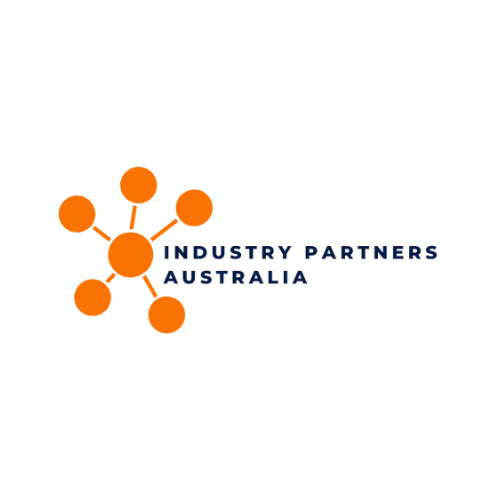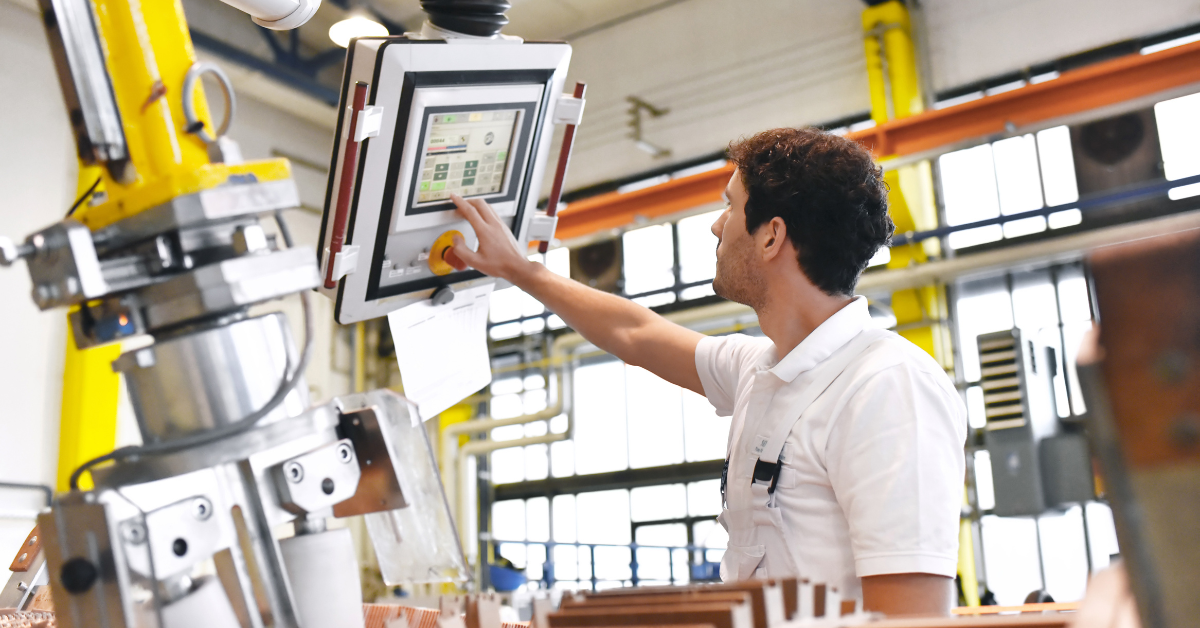Seeing Beyond What You Expect
When we set out to solve a problem, we like to believe we’re being completely logical—sifting through facts, weighing evidence, and calmly arriving at the right conclusion. But here’s the truth: our brains have a sneaky habit of favouring information that confirms what we already believe, while ignoring, downplaying, or even twisting anything that doesn’t fit.
This mental shortcut, known as confirmation bias, is one of the most persistent and invisible cognitive biases we face. It can make us blind to critical information, resistant to alternative viewpoints, and overconfident in our conclusions.
And in the workplace—whether you’re in strategy, operations, management, or any field where decisions matter—that bias can quietly sabotage outcomes.
What Exactly Is Confirmation Bias?
Confirmation bias is the tendency to seek, interpret, and remember information in a way that supports our pre-existing beliefs or hypotheses.
It can appear in subtle ways:
-
-
-
Reading a report and giving more weight to data that matches your expectations.
-
Framing questions so they steer toward answers you already suspect.
-
Dismissing or rationalising information that challenges your view.
-
-
We don’t do it deliberately; it’s a natural by-product of how our brains evolved to make quick decisions. But in modern problem solving, that instinct can be a liability.
Why It’s a Problem in Decision-Making
If you’re solving a workplace issue—say, why a process keeps failing—confirmation bias can:
Narrow your search for causes – You might investigate only the factors you already think are the culprits.
Skew your data analysis – You might interpret ambiguous evidence in favour of your theory.
Shut out diverse perspectives – You might unconsciously dismiss input from colleagues who see things differently.
The result? You end up with a solution that feels right but might be incomplete—or completely wrong.
Recognising the Signs in Yourself
Before you can combat confirmation bias, you have to notice it. Watch out for these tell-tale signs:
-
-
-
You feel unusually confident about your answer before doing much research.
-
You find yourself ignoring or quickly dismissing contradictory evidence.
-
You’re drawn to sources or colleagues who “always get it” because they usually agree with you.
-
You feel defensive or irritated when someone challenges your assumptions.
-
-
When these signals pop up, it’s time to slow down and ask: Am I testing my ideas fairly, or am I just protecting them?
Strategies to Reduce Confirmation Bias in Problem Solving
The good news is, while you can’t eliminate confirmation bias entirely, you can put structures in place to keep it in check.
Actively Seek Disconfirming Evidence
Make it a rule to hunt for information that could prove you wrong. Ask, “What evidence would convince me to change my mind?” Then go looking for it. This forces you to consider the full spectrum of possibilities.
Use Neutral Language in Questions
The way you ask a question can influence the answer you get. Instead of asking, “How is this process causing delays?” (which assumes it is causing delays), try, “What factors could be causing the delays?” Neutral framing keeps your investigation open-ended.
Bring in Independent Perspectives
Invite colleagues who are outside your immediate team to review your analysis. People without a personal stake in your hypothesis are more likely to spot blind spots and alternative explanations.
Play Devil’s Advocate
Assign someone to intentionally argue against your conclusion. This doesn’t have to be confrontational—frame it as a test to strengthen the final decision. If your reasoning survives rigorous questioning, it’s more likely to be sound.
Slow Down Your Decisions
Bias thrives in rushed thinking. When possible, create space between gathering evidence and making a decision. Even a short delay allows your brain to process information more rationally.
Use Structured Decision-Making Tools
Frameworks like decision matrices, root cause analysis, or “pros and cons” tables can help you lay out evidence clearly. When you see the full spread of information side-by-side, it’s harder for your brain to cherry-pick.
Download Our Quick Refence Desk Guide
The Role of Self-Awareness and Reflection
Even the best strategies won’t work if you’re unaware of your own mental habits. Developing self-awareness is key. After each major decision, ask yourself:
-
-
-
Did I consider enough alternative explanations?
-
Did I give opposing evidence fair attention?
-
Did I rely too heavily on familiar sources or data?
-
-
This reflective practice gradually trains your brain to be more vigilant against bias.
Balancing Confidence with Openness
A common misconception is that fighting confirmation bias means constantly doubting yourself. Not so. Confidence is important—but it should be confidence in your process, not just your conclusions.
If you’ve thoroughly tested your assumptions, sought out contrary evidence, and weighed all credible options, you can move forward knowing your decision isn’t just the easiest one for your brain to accept—it’s the one that holds up under scrutiny.
Final Thoughts
Confirmation bias is like wearing tinted glasses—you might not realise they’re on, but they subtly colour everything you see. In problem solving, that can lead you astray, making you believe you’ve found “the answer” when you’ve only confirmed your starting point.
The challenge—and the opportunity—is to train yourself to spot those glasses and, when needed, take them off. It takes discipline, humility, and a willingness to be wrong. But in return, you gain sharper thinking, stronger solutions, and decisions that are far more likely to stand the test of time.
.png?width=190&name=IPA%20Logo%20Transparent%20(Hi-Res).png)




